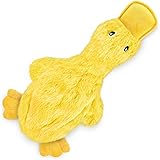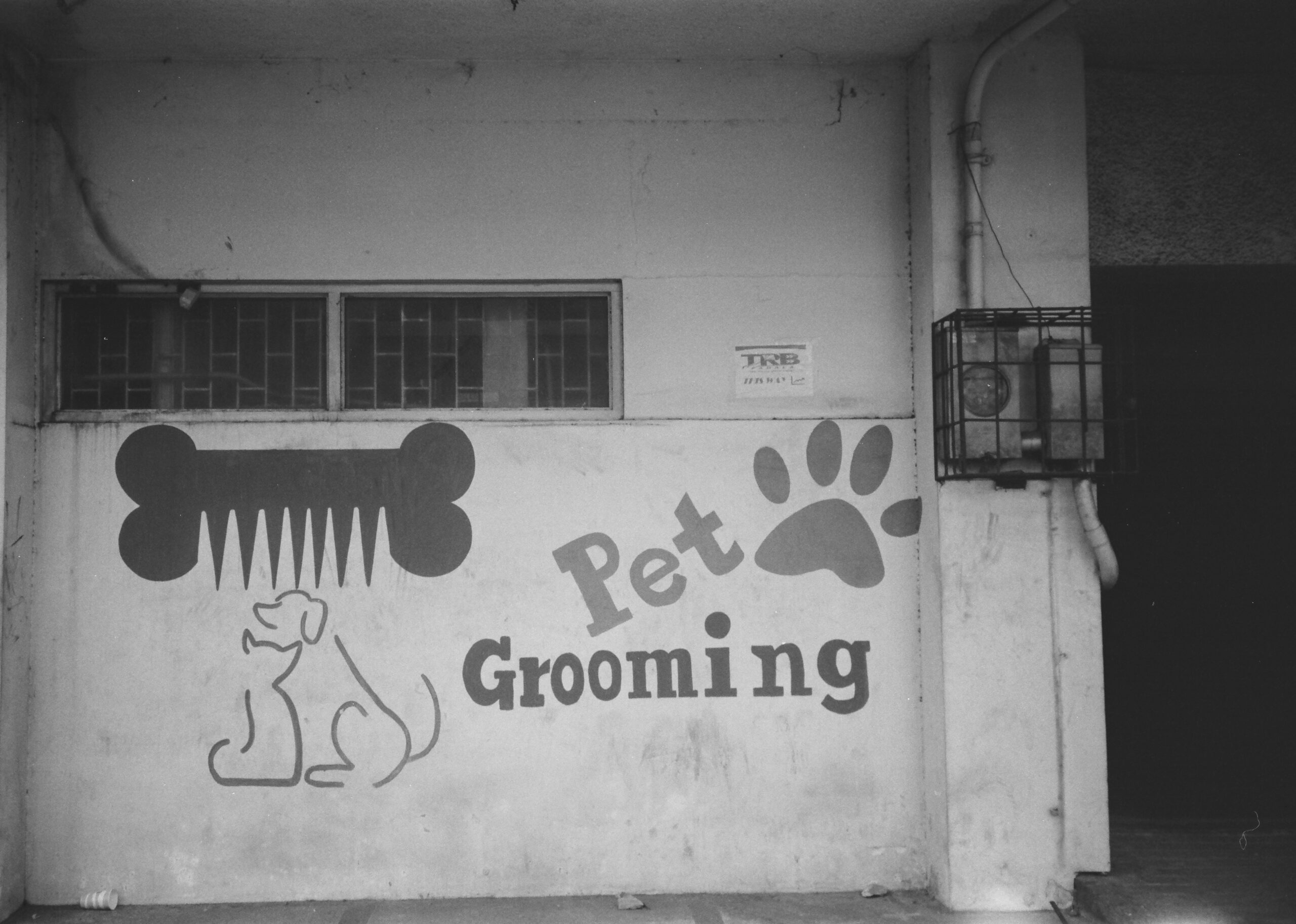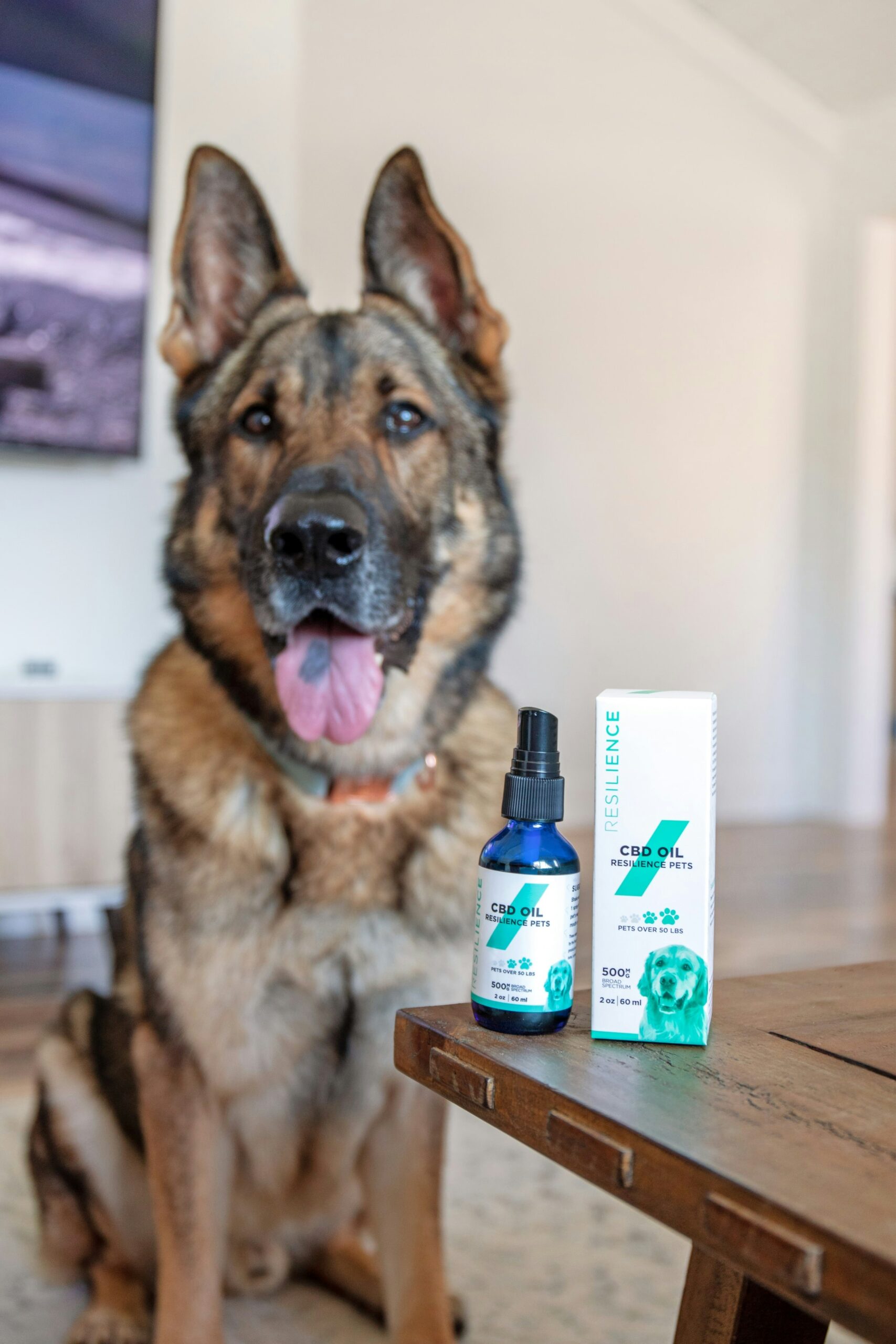How Often Should Pets Eat and Go to the Bathroom?
Introduction to Pet Feeding and Bathroom Routines
Establishing regular feeding and bathroom routines for pets is fundamentally important for their overall well-being. Consistent schedules contribute to various aspects of pet health, including digestion, weight maintenance, and behavior management. Just like humans, pets thrive on predictability and structure, and this is particularly evident in their daily routines. By adhering to a regular feeding schedule, pet owners can ensure their companions receive the necessary nutrients at appropriate intervals, promoting optimal health and longevity.
Moreover, bathroom routines are equally critical. Consistent bathroom breaks help in managing housebreaking for younger animals and prevent potential health issues such as urinary tract infections or gastrointestinal problems for older pets. A well-timed bathroom schedule can also aid in minimizing accidents around the house, leading to a cleaner and more sanitary living environment.
It is essential to recognize that different types of pets have varying needs when it comes to feeding and bathroom routines. For example, the nutritional and bathroom requirements of a small dog will differ significantly from those of a large dog or a cat. Likewise, exotic pets like reptiles or birds have their own specific needs that must be accommodated. Furthermore, individual factors such as age, health status, and activity level play a crucial role in determining the appropriate routines for each pet. Younger animals, for instance, might require more frequent meals and bathroom breaks compared to their older counterparts.
Ultimately, understanding and implementing regular feeding and bathroom routines tailored to the specific needs of each pet is a fundamental aspect of responsible pet ownership. These routines not only enhance the physical health of pets but also contribute to their emotional stability and overall quality of life.
Understanding Nutritional Needs by Pet Species
Ensuring the proper nutrition for pets is vital for their health and longevity. Nutritional needs vary significantly across different pet species, requiring a comprehensive understanding to provide appropriate care. Dogs, for instance, need a balanced diet rich in proteins, fats, carbohydrates, vitamins, and minerals. The requirements can fluctuate depending on the breed, age, weight, and activity level. Puppies require more frequent meals packed with higher calories, while senior dogs often benefit from lower-calorie foods with enhanced fiber content to aid digestion.
Cats, known for their carnivorous diet, require high-protein and moderate-fat food with adequate taurine to prevent heart and vision issues. Kittens need more frequent feeding schedules similar to puppies, whereas adult cats thrive on two meals a day. Specialized diets might be necessary for specific breeds or cats with health conditions like obesity, urinary tract issues, or diabetes.
Rabbits have unique nutritional needs demanding a high-fiber diet primarily consisting of hay, which aids in wear on their continuously growing teeth and supports digestive health. Fresh vegetables, in moderation, along with a limited amount of pellets, make a balanced diet. Unlike dogs and cats, rabbits require constant access to food to maintain their metabolism and prevent gastrointestinal stasis.
Birds, encompassing diverse species from parrots to canaries, have varying dietary needs. Generally, a well-rounded diet includes a mixture of seeds, fruits, vegetables, and specifically formulated bird pellets. Certain species may require more fresh produce, while others might lean towards high-calcium diets, especially during breeding seasons.
Noteworthy is the necessity for portion control based on the pet’s weight and activity level. Overfeeding can lead to obesity and related health issues, whereas underfeeding can result in malnutrition. Thus, regular consultation with a veterinarian helps in tailoring specific dietary plans to meet the unique nutritional demands of each pet species, ensuring their optimal health and wellbeing.
Ideal Feeding Schedules for Dogs
Establishing an appropriate feeding schedule for dogs is essential for their overall health and well-being. The frequency and portion size of meals often depend on the dog’s life stage, including puppies, adults, and senior dogs. Understanding these particular needs can help pet owners ensure their pets receive optimal nutrition and maintain a healthy lifestyle.
For puppies, who are in a critical growth phase, frequent meals are necessary to support their development. Typically, puppies should be fed three to four times a day. An example of an ideal puppy feeding schedule might include breakfast at 7:00 AM, lunch at 12:00 PM, an afternoon snack at 5:00 PM, and dinner at 8:00 PM. Feeding smaller quantities more frequently helps maintain stable energy levels and supports healthy growth.
Adult dogs, on the other hand, generally require fewer meals. Most adult dogs do well on a twice-daily feeding schedule. For example, providing breakfast at 7:00 AM and dinner at 7:00 PM can help regulate their energy levels throughout the day. Consistency in feeding times aids in digestion and helps prevent obesity, as dogs can better metabolize their food.
Senior dogs, due to their potentially slower metabolism and varying health needs, may benefit from a feeding schedule similar to that of adult dogs, though adjustments might be required. Monitoring their weight, health, and activity levels is crucial. Some senior dogs might need more frequent, smaller meals to manage health conditions like diabetes or kidney disease.
While these general guidelines provide a framework, individual variations such as breed-specific needs and health conditions must be taken into account. Large breeds, for instance, may require more substantial portions, while certain breeds prone to bloating might benefit from multiple smaller meals to prevent this condition. Always consult with a veterinarian to tailor feeding schedules according to your pet’s specific health and dietary requirements.
Maintaining a consistent feeding schedule not only fosters good eating habits but also establishes a routine that can offer psychological comfort to dogs. Regular feeding times can help dogs handle daily activities and manage their energy levels effectively, contributing to a healthier, happier life.
Cat Feeding Frequencies and Considerations
Feeding strategies for cats can vary greatly, primarily falling into two camps: free-feeding and scheduled feeding. Understanding the distinctions between these approaches can help cat owners make informed decisions. Free-feeding involves leaving food out all day, allowing cats to eat at their convenience. This method can be convenient for busy pet owners; however, it may lead to overeating and subsequent weight issues, especially in less active or indoor cats.
Conversely, scheduled feeding involves offering food at specific times, typically once or twice a day. This approach helps regulate a cat’s intake and can prevent obesity, a common problem in domestic cats. Moreover, scheduled feeding provides an excellent opportunity to monitor a cat’s eating habits, which can serve as an indicator of their overall health. Changes in appetite or eating patterns could signal underlying health issues in need of veterinary attention.
Age, health status, and physical activity levels play crucial roles in determining the ideal feeding frequency for cats. Kittens, for example, require more frequent meals due to their rapid growth and high energy levels. As they mature, the feeding frequencies can be adjusted accordingly. Senior cats, or those with specific health conditions like diabetes or kidney disease, may also benefit from adjusted feeding schedules and specialized diets. Similarly, physically active cats may require more frequent meals to support their energy demands.
A vital aspect of cat feeding is the availability of clean, fresh water. Regardless of the feeding method chosen, water should always be accessible to cats. Cats are known for being finicky drinkers, and inadequate hydration can lead to urinary and kidney issues. Using wide, shallow water bowls and placing them in various locations can encourage more frequent drinking. Additionally, some cats may prefer running water, making a cat water fountain a worthwhile investment.
Bathroom Breaks: Frequency for Dogs
The frequency at which dogs need bathroom breaks varies significantly depending on factors such as age, size, diet, and home environment. Proper understanding of these variables assists pet owners in fostering a healthy routine for their canine companions, ultimately contributing to overall well-being and comfort.
Young puppies, due to their small bladders and developing control, generally require more frequent bathroom breaks. Typically, they should be taken out every one to two hours. As puppies grow and gain more bladder control, their need for frequent breaks diminishes, often leading to fewer accidents. Conversely, adult dogs can usually manage longer intervals between bathroom breaks. Generally, they need to go out around three to five times a day, depending on various individual factors.
Size also plays an important role. Smaller breeds, which have smaller bladders, might need more frequent breaks compared to larger breeds. Additionally, a dog’s diet can affect bathroom frequency. High-fiber diets, for example, can lead to more regular bowel movements, thus necessitating more frequent trips outdoors.
Home environment and established routines are also pivotal. Dogs that have established routines, where their bathroom breaks are consistent day-to-day, tend to manage their needs better than those in less structured environments. Recognizing signs that indicate a dog needs a bathroom break is crucial for maintaining a regular schedule and preventing indoor accidents. Common signs include restlessness, sniffing around, circling, or heading towards the door.
Maintaining a regular bathroom schedule is paramount. Regularity helps dogs develop good habits and bladder control, reducing the likelihood of accidents in the house. A structured routine that accounts for a dog’s specific needs based on age, size, and diet will ensure their comfort and contribute to their overall health.
Litter Box Habits for Cats
The maintenance and cleanliness of a cat’s litter box play a crucial role in their overall health and well-being. Ensuring frequent cleaning of the litter box is imperative, as a consistent routine not only helps in managing odors but also promotes regular usage by the cat. Cats are typically meticulous animals, and a dirty litter box can often lead to inappropriate elimination behaviors. A well-maintained litter box encourages a cat’s natural instincts to use it regularly for their bathroom needs.
On average, cats may urinate two to four times a day and defecate once daily. However, this frequency may vary based on factors such as age, diet, and health. Notably, any significant changes in these patterns can be indicative of underlying health issues. For instance, frequent urination or straining to urinate could be signs of a urinary tract infection (UTI), while infrequent defecation might signal constipation. It is crucial for pet owners to monitor these behaviors closely and consult a veterinarian if any abnormalities are observed.
Encouraging good litter box habits involves several steps. Firstly, the choice of litter can impact a cat’s willingness to use the box. Selecting a type of litter that your cat prefers can make a significant difference. Additionally, the litter box location is essential; it should be placed in a quiet, accessible area away from high-traffic zones. The general rule of thumb is to have at least one litter box per cat, plus one extra, to accommodate their bathroom needs effectively.
Regular scooping and complete litter changes should be part of the maintenance routine. Scooping out waste at least once daily and washing the litter box with mild soap and water during litter changes can prevent the buildup of bacteria and odors. By fostering an environment that promotes healthy litter box habits, pet owners can ensure their cats remain content and free from potential bathroom-related health issues.
Special Considerations for Small Pets and Birds
In contrast to larger animals like dogs and cats, small pets such as rabbits, guinea pigs, hamsters, and birds have unique dietary and toileting requirements. These animals typically have faster metabolisms, necessitating more frequent feeding and access to fresh water. For instance, rabbits and guinea pigs graze throughout the day and require a constant supply of hay, which aids in their digestion and keeps their teeth in check. Their diet should also be supplemented with fresh vegetables and specially formulated pellets to ensure they receive all necessary nutrients.
Hamsters, often nocturnal, have a penchant for storing food in hidden caches within their enclosures. This behavior means owners should regularly check and replenish their food supplies to prevent spoilage and ensure nutritional adequacy. Similar to other small pets, they benefit from a balanced diet comprising seeds, grains, and fresh produce.
Birds, especially those kept as pets, present a unique set of nutritional demands. Species-specific formulated pellets should constitute the bulk of their diet, supplemented with fresh fruits and vegetables for variety and additional vitamins. Birds also need access to clean water, both for drinking and for occasional bathing to maintain their feather health.
When it comes to waste management, small pets and birds require frequent cleaning of their enclosures to maintain a sanitary environment and prevent disease. Rabbits and guinea pigs use litter boxes placed within their cages, which should be cleaned daily. Enclosures should be fully sanitized weekly. Hamsters, known for their instinctual hygiene, benefit from having designated toileting areas within their cages, which need regular maintenance.
Bird cages pose a different challenge. Because birds often scatter their droppings, owners should line the bottom of the cage with newspaper or specialized cage liners, revising them daily and thoroughly cleaning the cage weekly. Additionally, providing birds with a separate bathing dish encourages them to clean themselves, enhancing their overall hygiene.
Adjusting Routines for Changes in Health or Life Stage
As pets progress through different stages of life or encounter health issues, their dietary and bathroom needs may change significantly. Younger pets often require more frequent feeding due to their rapid growth and high energy levels. In contrast, older pets might need less food but require a diet richer in specific nutrients to support their health. Recognizing signs such as changes in appetite, weight fluctuations, or altered bathroom patterns can indicate that an adjustment in routine is necessary. Additionally, pets with health problems like diabetes, kidney disease, or arthritis may necessitate a tailored diet and more frequent or specialized bathroom breaks.
Consulting with a veterinarian is crucial when modifying your pet’s feeding or bathroom routines. A vet can provide personalized advice based on your pet’s unique health requirements and life stage. For instance, they can recommend specific types of food that ensure balanced nutrition or suggest supplements that could mitigate health issues. In some cases, they might advise on frequent renal monitoring or structured bathroom breaks to accommodate medical conditions.
Monitoring your pet’s habits and maintaining a record of any changes can offer invaluable insights. Observing factors such as the regularity and condition of bowel movements, shifts in eating patterns, or signs of discomfort can help in identifying potential health concerns early. Consequently, this allows for timely interventions and adjustments to their care routine.
Common signs that suggest a need for routine adjustments include unexplained weight gain or loss, increased thirst, frequent urination, constipation, or diarrhea. Changes in energy levels, such as lethargy or hyperactivity, can also be indicative. Presenting these observations to a veterinarian can help in pinpointing specific issues and formulating an effective care plan that aligns with the pet’s changing needs.
In conclusion, adapting your pet’s feeding and bathroom routines in response to their aging process or emerging health issues is essential for their overall well-being. Regular consultations with a veterinarian and close monitoring of your pet’s habits will ensure that you are providing the best possible care tailored to their evolving needs.















Post Comment